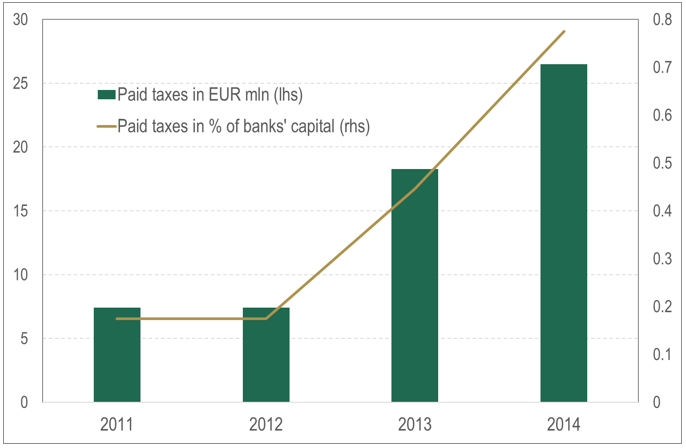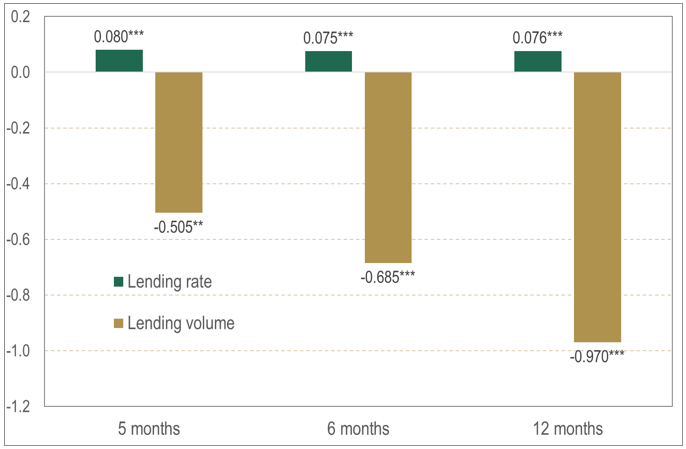References
Claudia M Buch, Bjorn Hilberg, and Lena Tonzer (2016). Taxing banks: An evaluation of the German bank levy. Journal of banking & finance, 72:52-66.
Gunther Capelle-Blancard and Olena Havrylchyk (2017). Incidence of bank levy and bank market power. Review of Finance, 21(3):1023-1046.
Hans Degryse, Olivier De Jonghe, Sanja Jakovljević, Klaas Mulier, and Glenn Schepens (2019). Identifying credit supply shocks with bank-firm data: Methods and applications. Journal of Financial Intermediation, 40:100813.
Michael Kogler (2019). On the incidence of bank levies: theory and evidence. International Tax and Public Finance, 26(4):677-718.
Anna L Sobiech, Dimitris K Chronopoulos, and John OS Wilson (2021). The real effects of bank taxation: Evidence for corporate financing and investment. Journal of Corporate Finance, 69:101989.
Matjaž Volk (2023). Is the ECB monetary tightening effective? The role of bank funding and asset structure. Applied Economics Letters, forthcoming.





